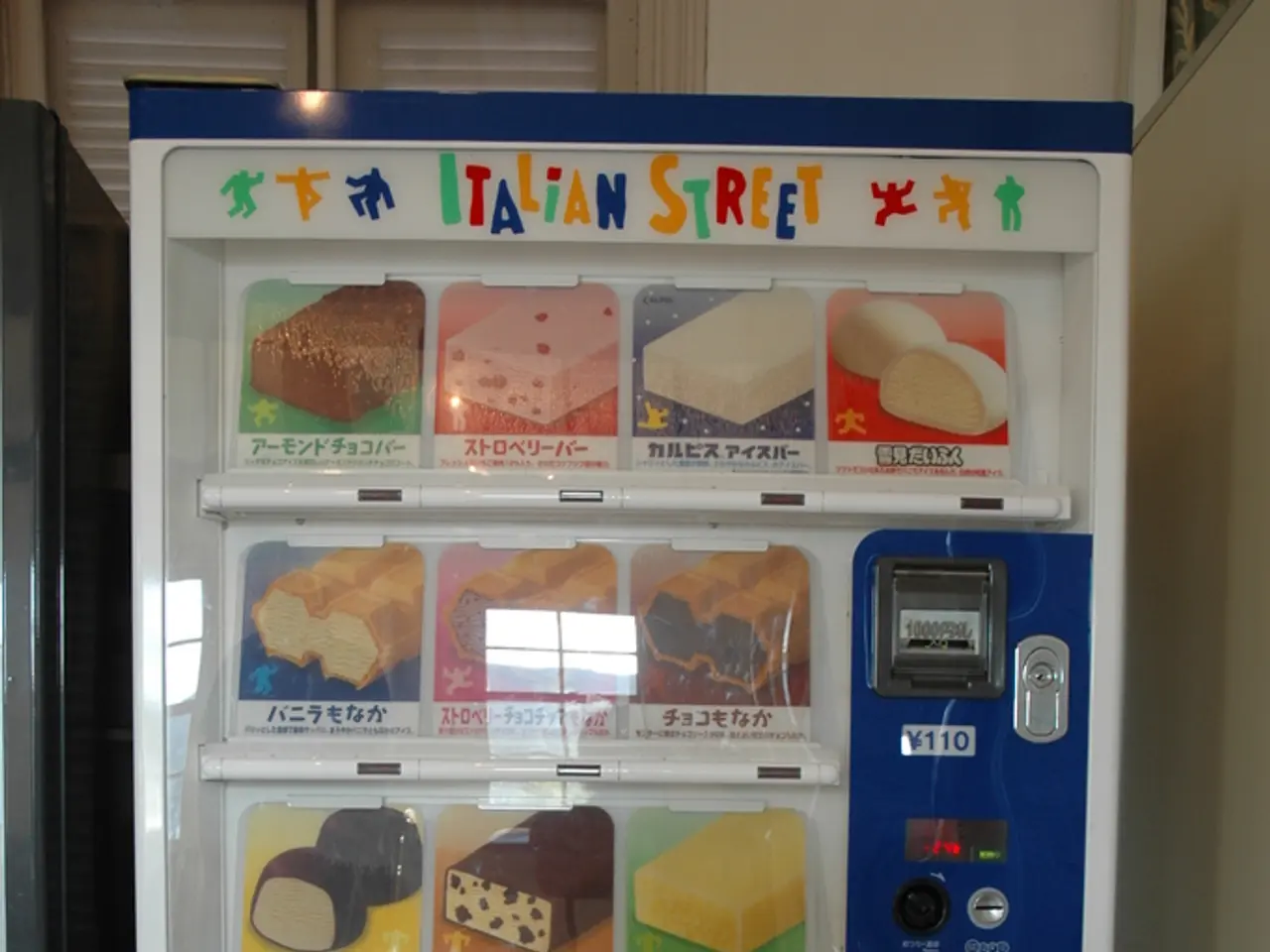TikTok retains a substantial share of 77% from gifts given to creators via payments.
In a recent report, the leading provider of cross-border payments data and intelligence estimates that users in Europe sent gifts worth between $1.8 billion and $2.2 billion to TikTok creators in 2023. This figure represents a significant portion of TikTok's overall revenue, as the platform handles over $1 billion in estimated payment flows year-on-year.
The high revenue percentage from livestreaming gifts is a strategic decision by TikTok to support its business model, maintain platform quality, and balance creator incentives with platform profitability. TikTok operates on a model where it generates revenue not just from ads but also from transactions within the platform, with livestreaming gifts being a significant part of this revenue strategy. By taking a 50% cut from gifts, TikTok ensures it captures a substantial share from the transactions happening on its platform.
The revenue from gifts helps fund TikTok's investment in platform maintenance, development, and user acquisition. This includes features like live stream moderation, content moderation, and community feature development. Compared to platforms that might focus more on direct tips or donations with lower transaction fees, TikTok's model involves converting virtual gifts into real money, which includes additional costs for payment processing.
TikTok's strategy is to keep creators engaged by offering them a significant share of the revenue, despite not being the highest among all platforms. This encourages creators to maintain content quality and attract more users, which in turn boosts the platform's popularity and overall revenue.
The report does not provide new information about the percentage of TikTok Europe's total revenue that comes from livestreaming gifts or the estimated global revenue for livestreaming gifts. However, using the platform's lowest estimates, the total global revenue for livestreaming gifts is likely to be around $5 billion.
In 2023, TikTok Europe did not report its revenue segmentations by business type or geographical segment. In 2022, TikTok Europe reported $790 million in revenue from Gifts to creators. A growing number of creators on TikTok are advertising alternative payment methods for users who want to 'tip' or financially acknowledge their favorite creators.
Lucy Ingham, Editor-in-Chief and Head of Content at the platform, states that TikTok is not a payment company in the truest sense of the term. However, the huge take rate on Gifts sent to creators has led to questions about TikTok's role in the payments industry. The report titled 'Do TikTok's gifting flows make it a global payments company?' further explores this topic.
Despite the controversy surrounding the high take rate on Gifts, TikTok's livestreaming gifts are another way for the social media giant to significantly boost its revenue. Given the conservative estimates, the total global revenue for livestreaming gifts may be an underestimation. Users sent Gifts worth $6.5 billion to creators globally, according to the platform's estimates.
The strategic decision by TikTok to capture a substantial share from transactions happening on its platform, by taking a 50% cut from livestreaming gifts, is a key factor in their revenue generation, funding investments in technology for platform maintenance, development, and user acquisition. As TikTok continues to boost its revenue through liveststreaming gifts, discussions about its role in the finance sector persist, questionning whether its high take rate on gifts makes it a significant player in the global payments industry.




